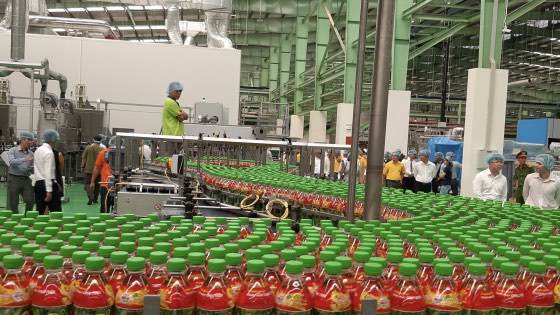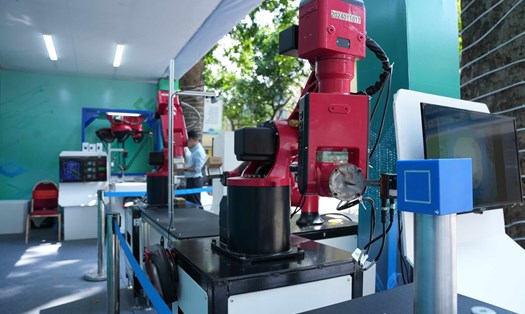Control deadlines, improve quality productivity
HACCP (Hazard Analysis and Critical Control Points) is a preventive management system to ensure food safety through recognizing risks, implementing preventive and control measures at destinations. The principles of HACCP are unified worldwide and can be applied in all food and beverage industries, in product distribution and sales. This system can be applied to products being consumed on the market as well as to new products.
The application of HACCP is not only a risk analysis and control of deadlines, but also a need to ensure the prerequisites and a prerequisitory program such as the Good Manufacturing Practice Regulations (GMP), Good Hygiene Practice Regulations ( Sanitation Standard Operating Procedures) and other supporting programs to serve as a foundation for ensuring food safety and hygiene.
Owning HACCP not only affirms product quality, helps enhance position in the market but is also a bridge to help businesses conduct international trade.
In Vietnam, Nhat Ngoc Banh Ngoc Company Limited has applied HACCP standards and achieved high efficiency such as helping businesses stabilize, focusing on preventing and controlling key destinations, based on a reliable scientific and practical basis (the process of analyzing and assessing risks) and effective monitoring and control measures, helping to minimize the level of risks that may occur to food safety.
Or at Tan Hiep Phat Trading and Service Company Limited, achieving HACCP certification helps the company ensure that all production processes comply with the highest standards on food safety. This not only creates trust from customers but also opens up export opportunities to many new markets around the world. The successful application of the HACCP system also allows Tan Hiep Phat to better control the risks related to the beverage production process. Thanks to that, the company can maintain its competitive position and develop sustainably.

7 principles for successfully applying HACCP
The first principle is to analyze the risk and precautions; conduct risk analysis; prepare a production process diagram including steps in the process; identify and make a list of risks; point out preventive measures for each risk.
The second principle is to identify key control points (CCPs) in the process by analyzing the hazards according to the decision tree.
The third principle is to set deadline thresholds. These are the set levels and the difference can be accepted to ensure that CCPs are within the controls.
The fourth principle is to monitor the control point on time. Establish a monitoring and supervision system to ensure control of CCPs through testing and monitoring procedures.
That fifth principle is to establish timely remedial measures. Carry out adjustment activities once monitoring observations show that a certain CCP point has fallen out of control.
The sixth principle is to establish a system of inspection and assessment. Conduct acceptance inspection procedures to confirm that the HACCP system is working effectively.
And the seventh principle is to establish a set of records and HACCP documents. Documents all procedures that have been carried out and documents related to the principles and application of these principles.











